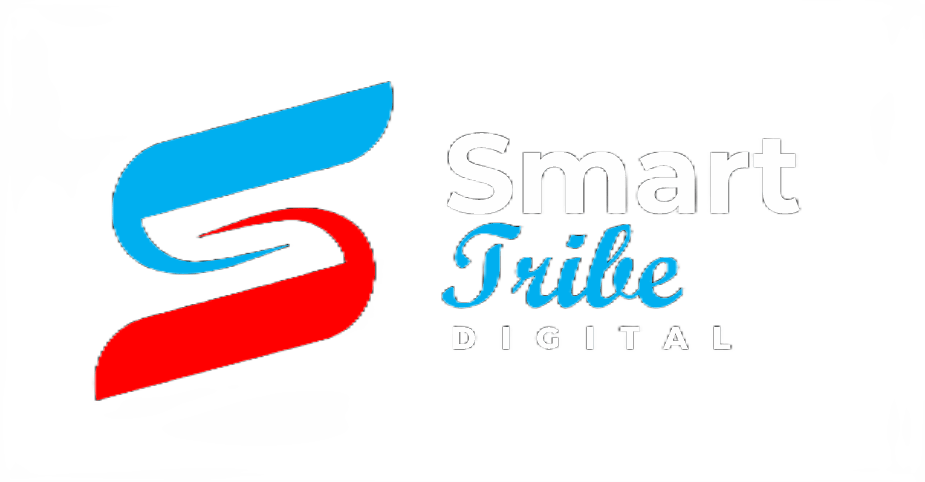In the ever-evolving landscape of digital marketing, one timeless strategy continues to prove its worth: storytelling. Crafting compelling narratives isn’t just about entertaining your audience; it’s about engaging them on a deeper level, fostering trust, and ultimately driving conversions. In this blog post, we’ll explore the art of storytelling in digital marketing and how you can create content that not only captures but also converts.

The Power of Storytelling in Digital Marketing
Storytelling is a fundamental human experience that transcends cultures and generations. In marketing, it’s a tool that transforms ordinary content into engaging narratives that resonate with your audience.
Why Storytelling Matters
- Emotional Connection: Stories evoke emotions, and emotions drive actions. By connecting with your audience on an emotional level, you increase the likelihood of engagement and conversion.
- Memorability: People are more likely to remember a well-told story than a list of facts or features. This memorability keeps your brand top-of-mind.
- Differentiation: In a saturated market, storytelling helps your brand stand out by highlighting your unique values and personality.

Crafting Compelling Content That Converts
Creating captivating content isn’t just about telling any story; it’s about telling the right story in the right way.
Know Your Audience
Understanding your audience is the cornerstone of effective storytelling. Conduct thorough audience engagement strategies to gather insights into their needs, preferences, and pain points.
- Develop Buyer Personas: Create detailed profiles of your ideal customers to tailor your narratives effectively.
- Use Emotional Marketing: Identify the emotions that drive your audience and weave them into your story.
Define Your Brand Narrative
Your brand narrative is the overarching story that defines who you are, what you stand for, and why you do what you do.
- Authenticity is Key: Be genuine in your storytelling to build trust.
- Consistent Messaging: Ensure your story aligns across all channels, from your website to social media platforms.

Utilise Storytelling Techniques
Incorporate proven storytelling techniques for marketers to enhance your content:
- The Hero’s Journey: Position your customer as the hero and your product or service as the guide.
- Problem-Solution Narrative: Highlight a common problem and show how your offering provides the solution.
- Use of Anecdotes and Testimonials: Real-life stories add credibility and relatability.
Storytelling Across Digital Channels
Different platforms require different storytelling approaches. Here’s how to adapt your narrative across various digital channels:
Social Media Marketing
Platforms like Instagram and Facebook are ideal for short, impactful stories.
- Visual Storytelling: Use images and videos to convey your message quickly.
- User-Generated Content: Encourage customers to share their stories involving your brand.

Content Marketing and Blogging
Long-form content allows for deeper storytelling.
- In-Depth Articles: Provide valuable insights and stories that educate and entertain.
- Emotional Headlines: Craft headlines that pique interest and evoke emotion.
Video Marketing
Videos are a powerful medium for storytelling.
- Brand Films: Create short films that encapsulate your brand’s essence.
- Testimonials: Feature customer stories that highlight real-world benefits.
Case Studies: Brands That Excel at Storytelling
Learning from the best can inspire your own storytelling efforts.
Nike: Empowering Narratives
Nike’s campaigns often focus on empowering stories that resonate deeply with their audience’s aspirations and challenges.
- Just Do It: This slogan is more than a tagline; it’s a call to action that has become synonymous with overcoming obstacles.

Airbnb: Belong Anywhere
Airbnb uses storytelling to make the world feel smaller and more connected.
- Host and Guest Stories: Sharing real experiences fosters trust and community.

Measuring the Impact of Your Storytelling
Understanding the effectiveness of your storytelling efforts is crucial for continuous improvement.
Key Metrics to Monitor
- Engagement Rates: Likes, shares, comments, and time spent on content.
- Conversion Rates: Actions taken after engaging with your story, such as sign-ups or purchases.
- Brand Awareness: Increases in direct traffic and search queries for your brand.
Tips for Effective Storytelling in Digital Marketing
To master the art of storytelling, keep these best practices in mind:
Be Authentic and Relatable
Authenticity fosters trust. Share stories that are genuine and reflect your brand’s true values.
Keep Your Audience at the Centre
Your story should revolve around your audience’s needs and desires. Use customer engagement strategies to make them feel seen and understood.
Use Data to Inform Your Story
Leverage analytics to understand what resonates with your audience and tailor your stories accordingly.
Incorporate Visuals
Visual elements enhance storytelling by making content more engaging and digestible.
Conclusion: Start Crafting Your Story Today
Storytelling in digital marketing isn’t just a trend—it’s a powerful tool that can transform your content marketing strategies. By crafting compelling narratives, you can create content that not only captivates your audience but also drives them to take action.
Embrace the art of storytelling to boost engagement, build stronger relationships with your customers, and ultimately, increase conversions. Remember, every brand has a story to tell—it’s time to tell yours.
Explore our personalised solutions to enhance your brand’s storytelling efforts.









